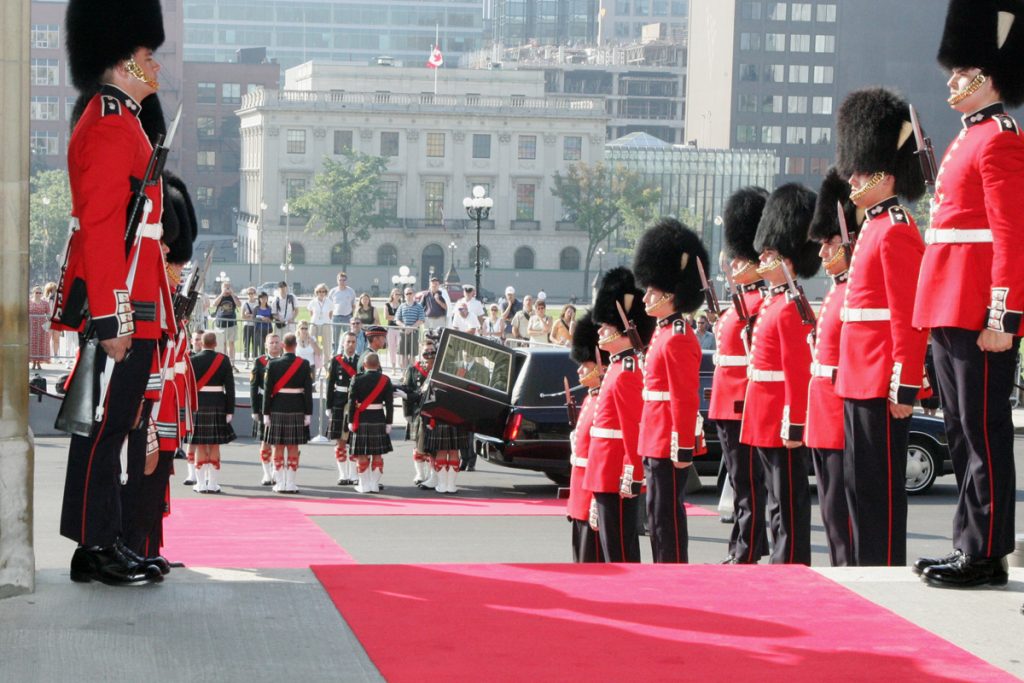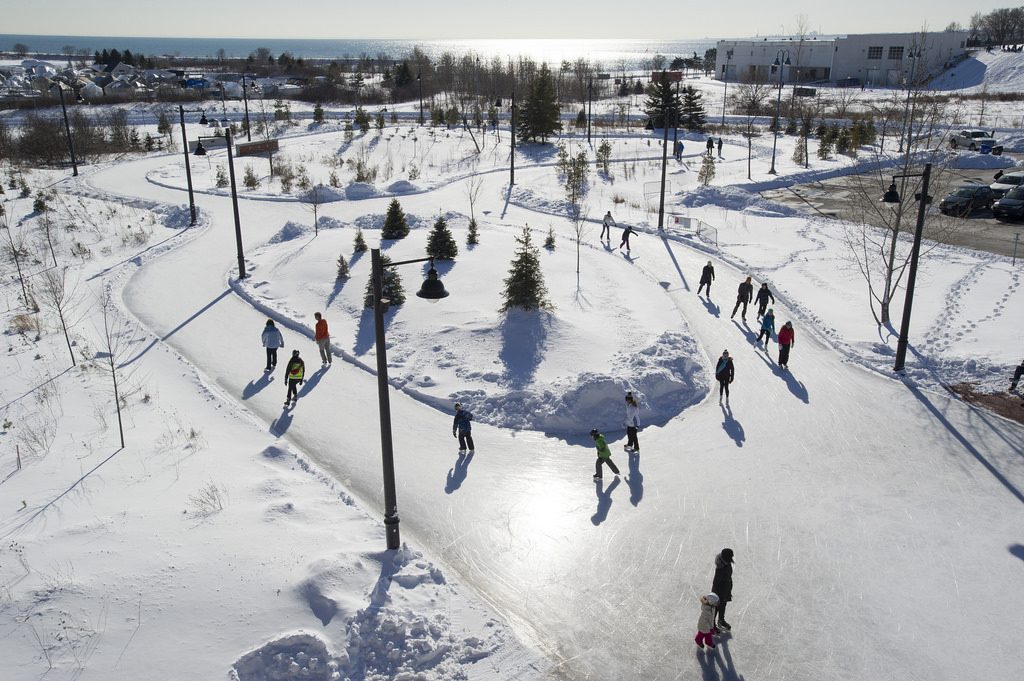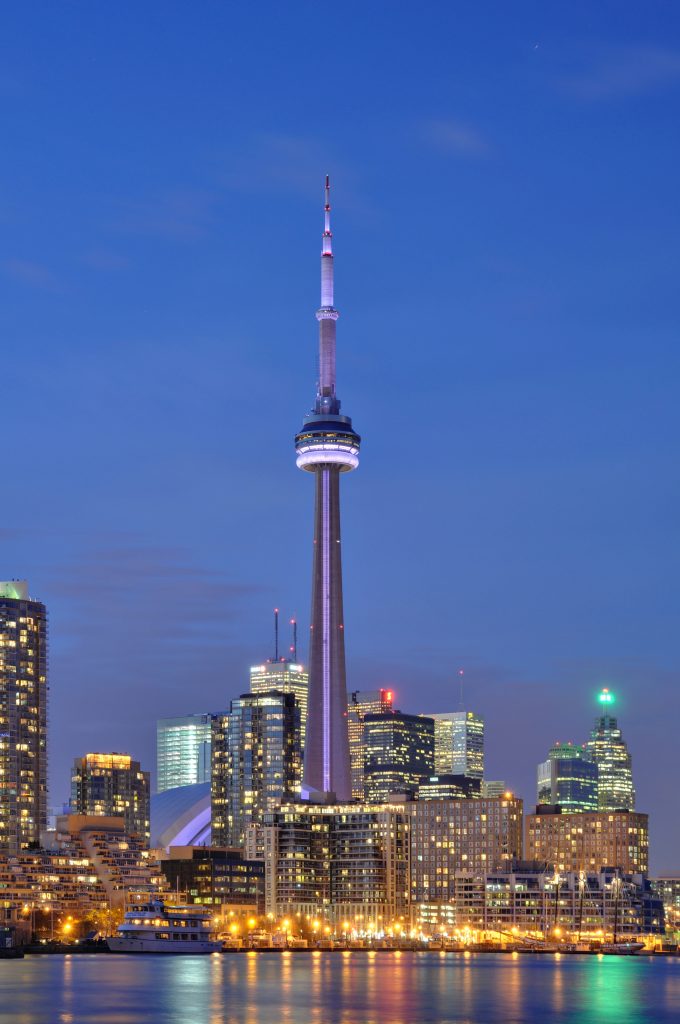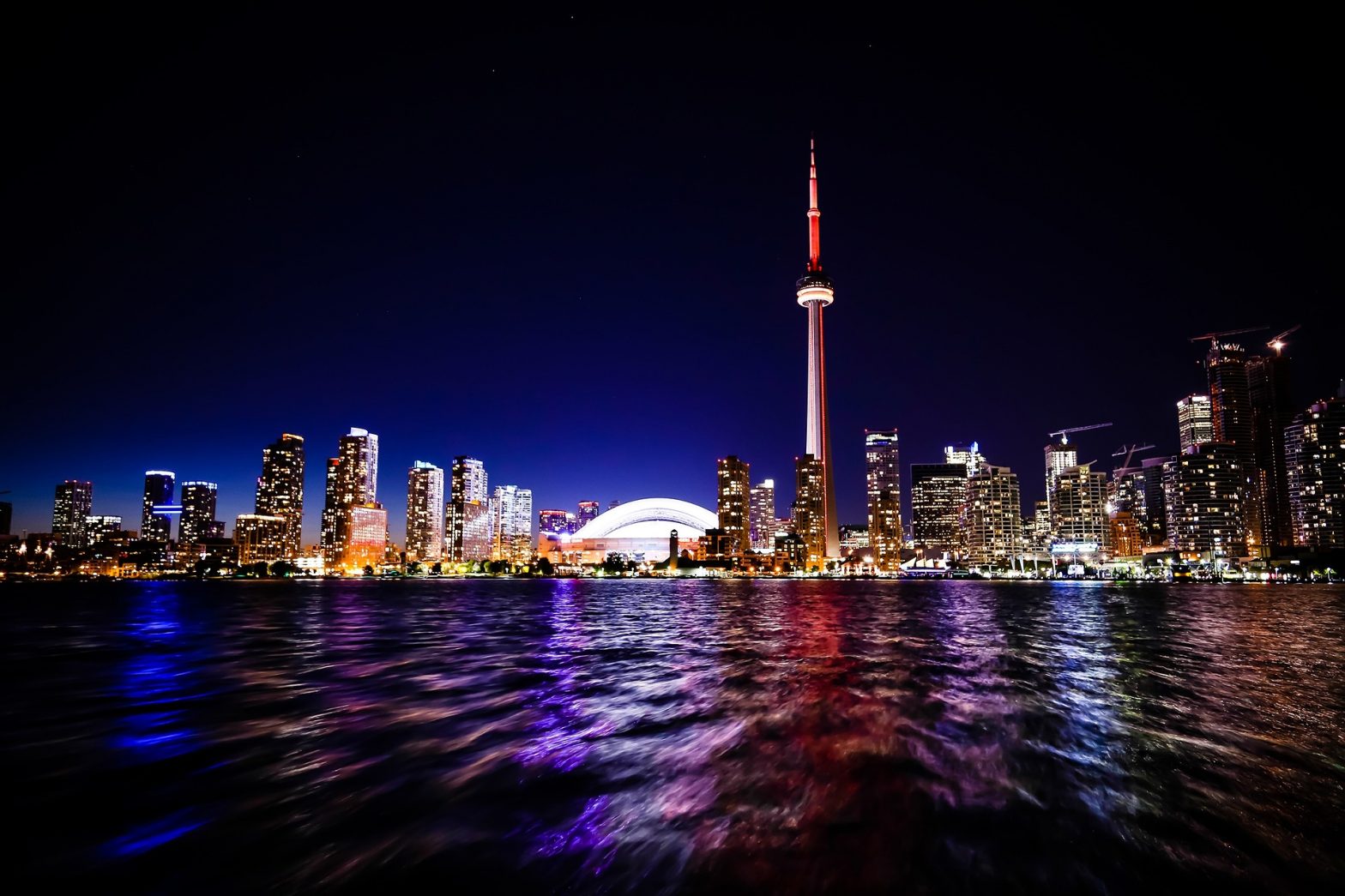When a foreigner plans to travel to the frozen country we call home, their expectations can get warped with misconceptions, urban legends and downright falsities. Naturally, as Canadians we don’t see any of these self-evident stereotypes because they’re not actually self-evident. We simply see each other on the street, at work, or in line at Tim Horton’s, and then go about our days. But what about the “facts” concerning our beloved Toronto?
Considering how widespread misinformation and “fake news” — as our rapscallious southern neighbors call it — has become, we understand that visitors can get mixed up about what is Toronto fact and Toronto fiction? So let’s dissolve this confusion about these five common “facts” about Toronto that are false.
Toronto is the Capital of Canada
Toronto is the largest and most populous city in Canada, plus it’s the country’s financial center, but Toronto is not the capital of Canada. The confusion comes Canada’s provinces, which are essentially massive states. Each province has has a provincial capital, and Toronto is the provincial capital of Ontario.
The actual capital of Canada is Ottawa, which is also located in Ontario but farther north than Toronto.
Toronto’s Mounties are Always in Full Uniform

Canada’s national police force, known as the Royal Canadian Mounted Police or “Mounties,” generally don’t wear their red jacket, navy jodhpurs, brown boots and hat unless they’re attending a ceremony or other official gathering. Plus, you’ll be pressed to find any Mounties in Toronto, because they don’t police Ontario or Quebec, with the exception of inside federal buildings. Instead, Ontario and Quebec have their own provincial police force.
Toronto is Always Cold

Canada has idyllic winter landscapes with vast stretches of tundra blanketed by snow. But in the summer, there are also mountainsides painted with vibrant purples, yellows and reds as flowers bloom. Canada, and Toronto itself, has a wide range of temperatures and climate conditions. If you head south from Toronto to Pelée Island, you’ll likely encounter similar weather to northern California.
Although the winters are quite cold, Toronto averages moderate weather in the spring, summer and fall with 301 days of sunshine. A bit more trivia for you: the coldest temperature ever recorded in Toronto was -31.3C (-24.3F) on January 4, 1981, where the windchill was -44.7C (-48.5F). And 41C (105F) is hottest temperature ever recorded in Toronto, which happened between July 7-9 in 1936.
Toronto is a Beacon of Tolerance

We’ve certainly heard it before, the stereotype that Canadians are simply nice fellas and gals who love hockey, maple syrup, and celebrating different cultures. Well, the stereotypes are mostly true in this case. I mean who doesn’t like to watch the Maple Leafs smash those Canucks? But folks in Toronto, and Canadians as a whole, are not quite as tolerant of immigrants as you might be led to believe.
It’s not that we’re unkind to strangers, so please come visit. It’s moreso that some of us, like much of the Western world, are becoming leery of super open borders.
Jeffrey Reitz, a professor in Ethnic Immigration and Pluralism Studies at the University of Toronto, told Reader’s Digest “there’s little truth behind the belief that Canadian multiculturalism means immigrants receive more favourable treatment here than they do in the United States, with its melting-pot approach.”
This belief in part comes from a 2010 survey conducted by the Canadian Defence and Foreign Affairs Institute that found 27 percent of Canadians felt that the number of immigrants and refugees arriving in Canada each year was a “critical threat” to Canadian interests.
Before that survey, the Washington, D.C.-based Pew Research Centre surveyed 47 countries about their attitudes towards immigration in 2007. The results were overwhelmingly in favor of excluding immigrants. The citizen majorities in 44 nations, including 62 percent of Canadians, felt that “we should restrict and control the entry of people into our country more than we do now.”
That being said, we love tourists. Just maybe tone down the praise about how much you’d like to live here.
All Homeless People in Toronto are Dangerous
Toronto, like most large cities, has a massive homeless population. And, also akin to other large cities, the homeless get a pretty bad rap when they really shouldn’t. Not every homeless person is there because of poor life choices, like drugs and violence. Most people become homeless after getting the raw end of life.
Each evening, 4,434 men, women and children who use an emergency shelter system.
Men, who make up 85 percent of Toronto’s homeless population, end up on the streets for many reasons, including job loss because it is very difficult to afford a good home or an apartment on a low income in Toronto. Homelessness resulting from physical or mental illness is another cause, as well as families breaking down. Many have got there through bad luck, not bad life choices.
Conclusion
Despite what everyone thinks, the take away from all of this is Toronto is a unique place that is often misconstrued or wrongly stereotyped throughout the world, even here in Canada. There is a surprising amount of BS out there that can only really be cleared up by visiting and exploring Toronto yourself.

